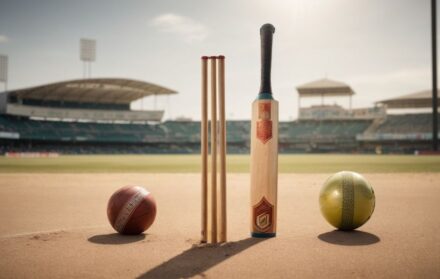
The Incredible Transformation of Old Trafford Cricket Ground
Old Trafford Cricket Ground, nestled in Greater Manchester, England, stands as a testament to the rich tapestry of cricket’s history and evolution. Established in 1857, it initially served as the home for the Manchester Cricket Club and later became the base for the Lancashire County Cricket Club in 1864.
The transformation of Old Trafford Cricket Ground is not just about bricks and mortar; it’s a story of resilience, innovation, and an undying passion for the sport.
The ground’s significance in the cricketing realm is unparalleled. It’s England’s second oldest Test venue, only surpassed by The Oval. Old Trafford has been the backdrop for many iconic moments in cricket, from hosting the first Ashes Test in England in 1884 to witnessing Jim Laker’s unmatched bowling record of 19 wickets for 90 runs in 1956.
The ground has also seen the prodigious Sachin Tendulkar score his first of 100 international centuries and has been a witness to Shane Warne’s legendary “Ball of the Century” against Mike Gatting.
However, the journey of Old Trafford has not been without its challenges. In 2009, it lost its test status, prompting a wave of extensive redevelopment to modernize its facilities and increase its capacity. This included the restoration of the pavilion and the creation of “The Point,” a stand that overlooks the pitch, costing a whopping £12 million.
The ground’s transformation was not just about enhancing its physical appearance but also about preserving its rich legacy and ensuring it remains at the forefront of international cricket.
The sponsorship deal with Emirates airline in 2013 further solidified its position, leading to its renaming as Emirates Old Trafford. This partnership symbolizes the ground’s evolution, blending its historical essence with the modern demands of the sport.
The transformation of Old Trafford Cricket Ground is a reflection of cricket’s own journey. From its humble beginnings in the meadows of the de Trafford estate to becoming one of the most iconic cricketing venues globally, Old Trafford’s transformation is a story of perseverance, vision, and an unwavering love for the game.
As we delve deeper into this article, we will explore the various facets of this transformation, understanding how Old Trafford has managed to retain its charm while adapting to the ever-evolving world of cricket.
Historical Background
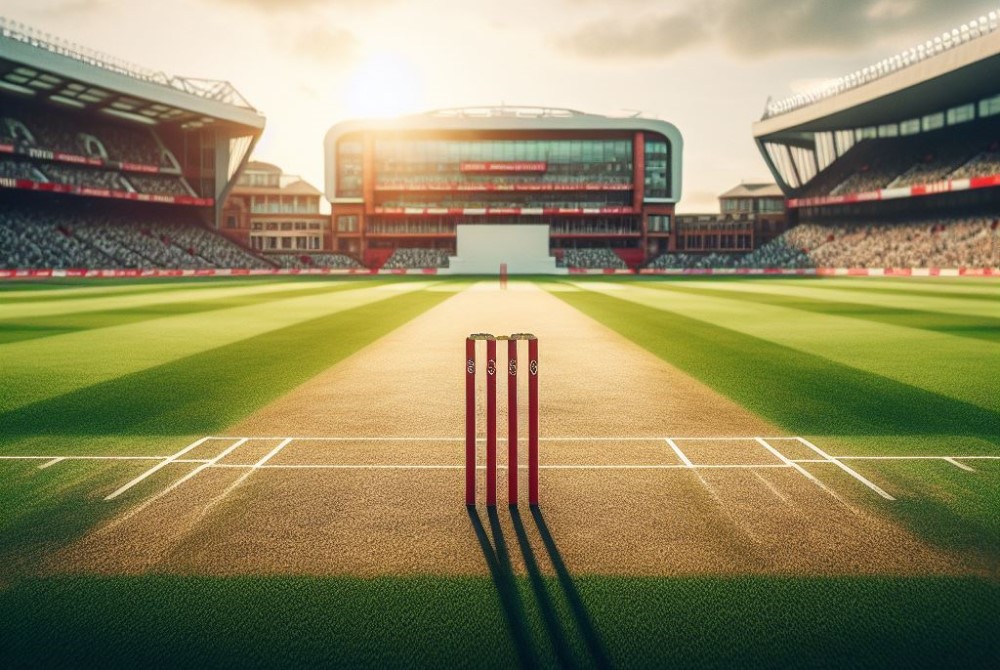
Old Trafford, located in Greater Manchester, England, boasts a rich history that spans over a century. Established in 1857, it initially served as the home for the Manchester Cricket Club. By 1864, the Lancashire County Cricket Club had made it their home ground, marking the beginning of a long-standing association that continues to this day.
The ground has witnessed numerous significant events in the world of cricket. Notably, it hosted the first Ashes Test in England in 1884, a monumental event that solidified its place in cricketing history.
Additionally, Old Trafford has had the honor of hosting the Cricket World Cup on five different occasions, further emphasizing its importance in the international cricket arena.
- Establishment: In 1857, Old Trafford opened its doors as the home of the Manchester Cricket Club. This marked the beginning of its journey as one of England’s premier cricketing venues.
- Lancashire County Cricket Club: By 1864, the Lancashire County Cricket Club had established Old Trafford as its home ground. This association has continued for over a century and remains strong to this day.
- Notable Events: Among the many significant events that Old Trafford has hosted, the first Ashes Test in England in 1884 stands out. This was a landmark event that further elevated the ground’s status in the cricketing world. Additionally, the ground has been chosen as the venue for the Cricket World Cup five times, showcasing its importance on the international stage.
Milestones and Records
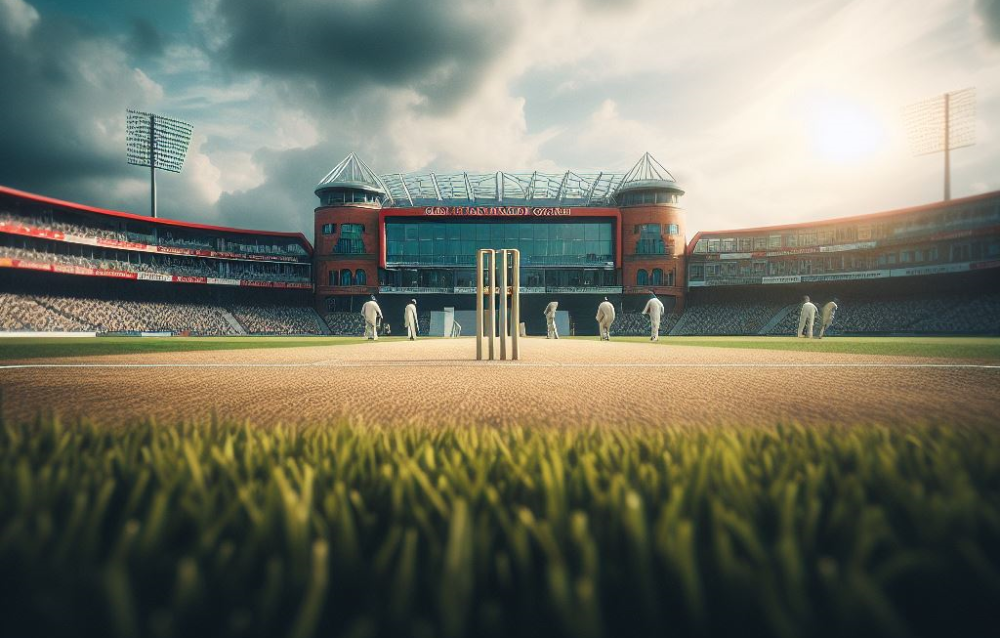
Jim Laker’s Unmatched Bowling Record in 1956
In the annals of cricket, few records stand as tall as Jim Laker’s astounding 19-wicket haul in a single Test match against Australia in 1956. Playing for England at Old Trafford, Laker’s off-spin was simply unplayable.
On the first day, he claimed 9 wickets for 37 runs, and on the next, he bettered his performance, taking all 10 wickets for 53 runs. This feat remains unmatched in Test cricket, showcasing Laker’s dominance and skill. His record is a testament to the unpredictable and thrilling nature of the sport.
Sachin Tendulkar’s First International Century in 1990
Sachin Tendulkar, often referred to as the “God of Cricket“, announced his arrival on the international stage with his maiden century in 1990 against England. At just 17 years old, Tendulkar showcased his class and temperament at Old Trafford, scoring a resilient 119 not out.
This century was the beginning of a legendary career that saw him become the highest run-scorer in the history of Test and ODI cricket. Tendulkar’s journey from a prodigious talent to a cricketing legend is an inspiration for aspiring cricketers worldwide.
Shane Warne’s “Ball of the Century” in 1993
The “Ball of the Century“, also known as the Gatting Ball, was a cricket delivery bowled by Australian spin bowler Shane Warne to English batter Mike Gatting on 4 June 1993. In the first Test of the 1993 Ashes series at Old Trafford, Warne, with his first ball against England, produced a mesmerizing delivery that bamboozled Gatting.
The ball turned dramatically, beating Gatting’s defense and clipping the off-stump. This delivery not only signified Warne’s genius but also marked the revival of leg-spin bowling in modern cricket.
Warne’s delivery to Gatting has since been acknowledged as one of the most iconic moments in cricket, solidifying his place as one of the game’s greatest bowlers.
These milestones, among many others, have shaped the rich tapestry of cricket, reminding fans of the sport’s unpredictability, drama, and sheer brilliance.
Challenges and Setbacks

Old Trafford Cricket Ground, with its rich history and legacy, has faced its share of challenges and setbacks over the years. One of the most significant blows to the ground was the loss of its test status in 2009. This decision was a reflection of the need for modernization and improvement in facilities.
The ground, which had been a hub for international cricket for over a century, suddenly found itself on the back foot, striving to regain its prestigious status.
The impact of the World Wars on Old Trafford was profound. During the First World War, as mentioned by the British Red Cross, cricket grounds, including Old Trafford, transformed into makeshift hospitals for injured soldiers.
The ground, which usually echoed with the sounds of bat hitting ball and the cheers of the crowd, was filled with the moans of the wounded and the hustle and bustle of medical staff.
The Second World War brought even more direct challenges. Old Trafford faced the wrath of the Luftwaffe during the bombings. As highlighted by Military History Matters, after Old Trafford was hit, Lancashire had to close for business.
The ground, which had witnessed countless cricketing battles, was now scarred by the very real horrors of war. The aftermath of the bombing required significant reconstruction and rehabilitation to restore the ground to its former glory.
These setbacks, though devastating at the time, have contributed to the rich tapestry of Old Trafford’s history. They serve as a testament to the ground’s resilience and its ability to bounce back from adversity. Through each challenge, Old Trafford has emerged stronger, adapting and evolving, much like the game of cricket itself.
The transformation of Old Trafford Cricket Ground is not just about physical changes but also about its enduring spirit and its ability to stand tall in the face of challenges.
Redevelopment and Modernization
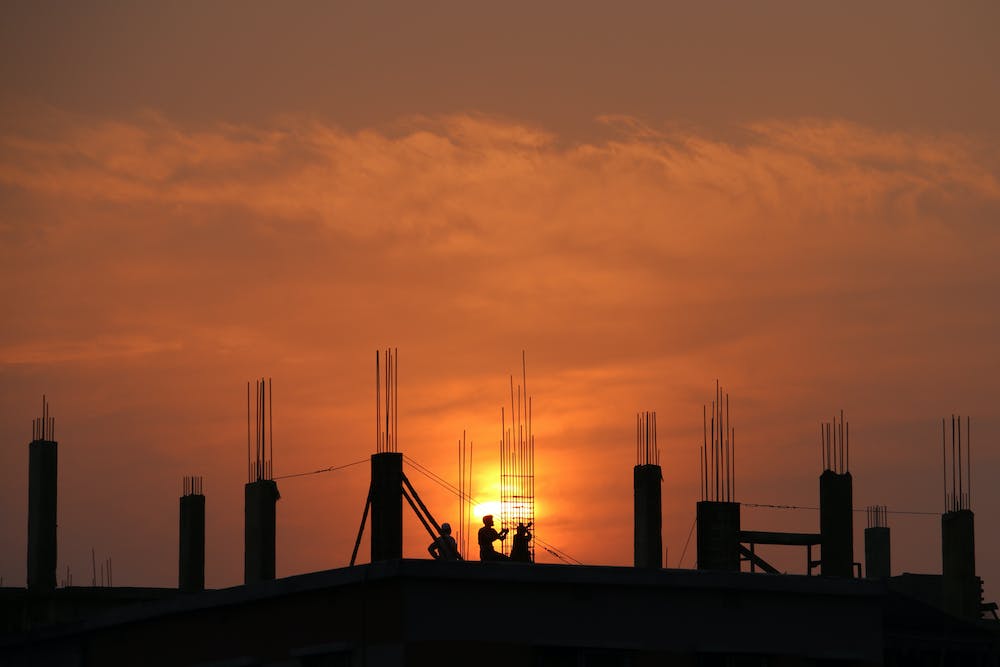
The evolution of sports arenas and stadiums is a testament to the changing times and the need to adapt to modern requirements. One such iconic venue that has witnessed significant redevelopment and modernization is the Emirates Old Trafford.
The introduction of permanent floodlights was a game-changer, ensuring that games could be played during any time of the day, enhancing the viewing experience for spectators and television audiences alike. This was complemented by the addition of a new video screen, providing real-time replays and enhancing the overall spectator experience.
Another significant change was the renovation of the Pavilion. The Pavilion, a symbol of the ground’s rich history, underwent a transformation to cater to the modern-day needs while preserving its iconic essence. This blend of the old with the new is a testament to the ground’s commitment to honoring its past while looking towards the future.
The creation of The Point was another milestone in the redevelopment journey. This award-winning event space, known for its column-free structure and seven-meter windows, offers unparalleled views of the cricket pitch. It’s not just a space for cricket but has evolved into a multi-purpose venue hosting a variety of events, from concerts to high-profile conferences.
A significant structural change was the shift of the pitch from an east-west axis to a north-south alignment. This reorientation was more than just a physical change; it symbolized the ground’s adaptability and readiness to embrace new challenges.
In 2017, the Hilton Garden Inn Emirates Old Trafford was introduced, marking the ground’s foray into the hospitality sector. This four-star hotel, with its luxurious rooms offering views of the cricket pitch, added a new dimension to the venue. And the journey didn’t stop there.
In 2023, the hotel saw an extension, expanding its capacity to 250 luxury bedrooms and introducing a dynamic new event space. This extension solidified its position as a premier destination for events, further enhancing the venue’s reputation as a world-class multi-purpose venue.
Old Trafford Today
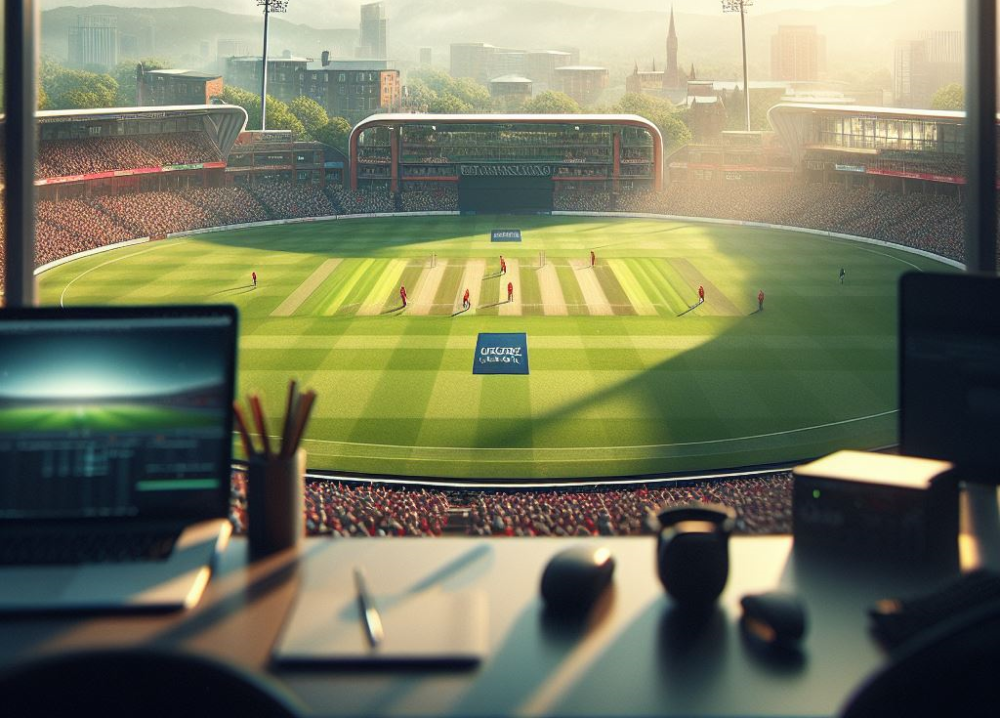
Old Trafford, an iconic name not just in cricket but also in football, stands as a testament to Manchester’s rich sporting heritage. Located just over 2 miles south-west from Manchester’s city centre, this ground has witnessed countless memorable moments in both sports.
The Old Trafford Cricket Ground, with its modern facilities, has evolved over the years to cater to the needs of contemporary cricket. Its current capacity, as reported by the BBC, is set to reach 26,700, making it England’s third-largest cricket venue, only behind Lord’s and The Oval in London.
This expansion is a part of the club’s decade-long £60m redevelopment of the ground, ensuring it remains a premier venue for hosting major competitions, matches, and events.
However, Old Trafford isn’t just about capacity or modern amenities. It’s also known for its unpredictable weather. Manchester, often teased for its rainy disposition, has led the ground’s management to adopt various measures to ensure play isn’t frequently disrupted.
Advanced drainage systems, high-quality turf management, and the use of technology have all played a part in making sure that the weather, while still a talking point, doesn’t always have the last word in a game’s outcome.
Adjacent to the cricket ground is the Old Trafford football stadium, home to Manchester United FC. This proximity to one of the world’s most famous football clubs adds another layer to the cricket ground’s significance.
On match days, the area becomes a bustling hub of sports enthusiasts, with fans of both cricket and football converging to support their teams. The synergy between these two iconic stadiums amplifies the city’s reputation as a global sporting capital.
Moreover, the closeness of these two stadiums offers a unique experience for sports tourists. It’s not just about watching a game; it’s about immersing oneself in the city’s sporting culture, understanding its history, and feeling the passion of its fans.
The dual legacy of these grounds, standing side by side, serves as a reminder of Manchester’s unparalleled contribution to the world of sports.
A Storied Legacy: The Transformation of Old Trafford Cricket Ground
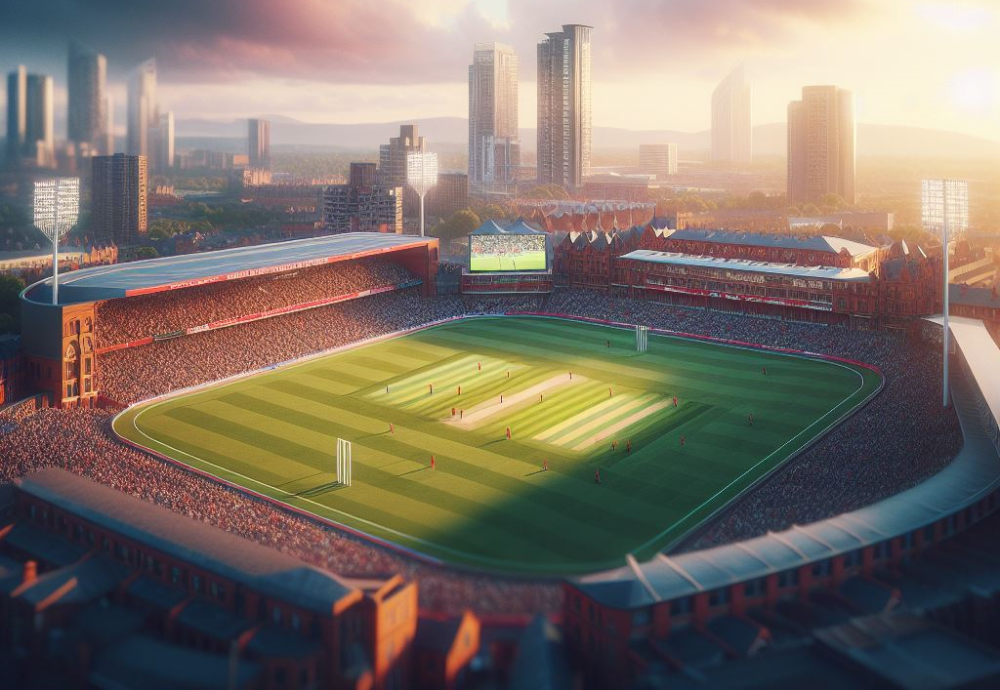
Old Trafford Cricket Ground, with its rich tapestry of history, has been a cornerstone in the world of cricket. From its establishment to its modern-day grandeur, the ground has witnessed countless iconic moments, making it a revered venue for cricket enthusiasts worldwide.
The ground’s journey began in 1857, serving as the home of the Manchester Cricket Club. By 1864, it had become the home of the Lancashire County Cricket Club, marking the beginning of a new chapter in its storied history. Over the years, Old Trafford has been the backdrop for many historic cricketing events.
It hosted the first Ashes Test in England in 1884, a testament to its significance in international cricket. Moreover, the ground has been a venue for the Cricket World Cup five times, further solidifying its place in cricketing lore.
But Old Trafford’s legacy is not just about the matches it has hosted. It’s about the transformation it has undergone, the challenges it has faced, and the resilience it has shown. The ground lost its test status in 2009, a significant setback. Yet, it rose from the ashes, undergoing extensive redevelopment and modernization.
The introduction of permanent floodlights, a new video screen, and the renovation of the Pavilion are just a few of the many upgrades it has seen. The creation of The Point and the shift in the pitch’s alignment from an east-west axis to a north-south one are testaments to the ground’s adaptability and its commitment to offering the best to players and spectators alike.
The proximity of Old Trafford Cricket Ground to the Old Trafford football stadium is another unique aspect. Both these iconic venues share a name and a city, and both have contributed immensely to their respective sports.
The football stadium, home to Manchester United, is a mecca for football fans, much like how the cricket ground is for cricket enthusiasts.
In recent times, the ground has seen further enhancements. The introduction of the Hilton Garden Inn Emirates Old Trafford in 2017 and its subsequent extension in 2023 are indicative of the ground’s continuous evolution.
This hotel, with its luxurious offerings, has added another dimension to the cricket-watching experience, allowing fans to soak in the action from the comfort of their rooms.
The legacy of Old Trafford Cricket Ground is not just in the matches it has hosted or the players who have graced its pitch. It’s in its ability to evolve, to adapt, and to continue being a beacon for the world of cricket.
As the ground looks to the future, it carries with it the weight of its past, ensuring that the legacy of Old Trafford remains undiminished.

